Aesthetic Appeal
Aesthetic appeal plays a crucial role in the Wood Plastic Composite Floorings Market. These composites are available in a wide range of colors, textures, and finishes, allowing consumers to achieve the desired look for their spaces without compromising on performance. The ability to mimic the appearance of natural wood while providing enhanced durability is particularly attractive to homeowners and designers alike. Recent market data indicates that approximately 25% of consumers prioritize aesthetics when selecting flooring materials, highlighting the importance of design versatility. As trends in interior design evolve, the demand for visually appealing flooring solutions is expected to grow, further driving the wood plastic composite market. This aesthetic flexibility positions wood plastic composites as a competitive option in the flooring industry.
Cost-Effectiveness
Cost-effectiveness is a significant driver in the Wood Plastic Composite Floorings Market. These materials often present a more affordable alternative to traditional hardwood flooring, both in terms of initial investment and long-term maintenance costs. The lower price point, combined with the reduced need for repairs and replacements, makes wood plastic composites an attractive option for budget-conscious consumers. Market Research Future indicates that the price of wood plastic composites has remained stable, while traditional hardwood prices have seen fluctuations. This stability, coupled with the growing awareness of the benefits of wood plastic composites, suggests that more consumers are likely to opt for these materials. As economic considerations continue to influence purchasing decisions, the cost-effectiveness of wood plastic composites is expected to drive market growth.
Technological Innovations
Technological innovations are reshaping the Wood Plastic Composite Floorings Market. Advances in manufacturing processes have led to the development of higher-quality composites that offer improved performance characteristics. Innovations such as enhanced surface treatments and better bonding techniques have resulted in products that are more resistant to scratches, stains, and fading. Market data shows that the introduction of new technologies has contributed to a 20% increase in the performance ratings of wood plastic composites over the last few years. As manufacturers continue to invest in research and development, the introduction of innovative products is likely to attract a broader consumer base. This ongoing evolution in technology not only enhances the appeal of wood plastic composites but also positions them as a leading choice in the flooring market.
Sustainability Initiatives
The Wood Plastic Composite Floorings Market is increasingly driven by sustainability initiatives. As consumers become more environmentally conscious, the demand for eco-friendly building materials rises. Wood plastic composites, made from recycled wood and plastic, offer a sustainable alternative to traditional flooring options. This shift is reflected in market data, indicating that the use of recycled materials in flooring products has increased by approximately 30% over the past few years. Furthermore, regulatory frameworks promoting sustainable construction practices are likely to bolster the market, as builders and manufacturers seek to comply with environmental standards. The emphasis on reducing carbon footprints and promoting circular economies further enhances the appeal of wood plastic composites, positioning them as a preferred choice in the flooring market.
Durability and Low Maintenance
Durability and low maintenance characteristics are pivotal drivers in the Wood Plastic Composite Floorings Market. These materials are engineered to withstand wear and tear, making them suitable for high-traffic areas. Unlike traditional wood flooring, wood plastic composites resist moisture, mold, and pests, which significantly extends their lifespan. Market analysis suggests that the durability factor contributes to a growing preference among consumers, with approximately 40% of homeowners citing low maintenance as a key reason for their choice of flooring. This trend is particularly pronounced in regions with varying climates, where traditional flooring may deteriorate more quickly. As a result, the demand for wood plastic composites is likely to continue rising, driven by their long-term cost-effectiveness and performance.


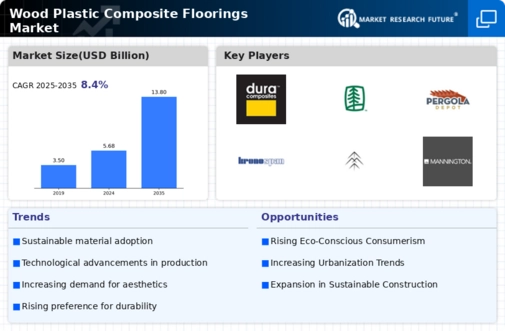
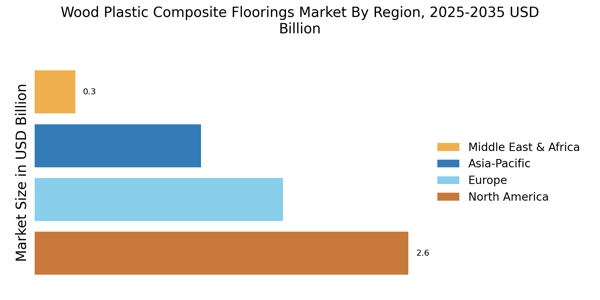

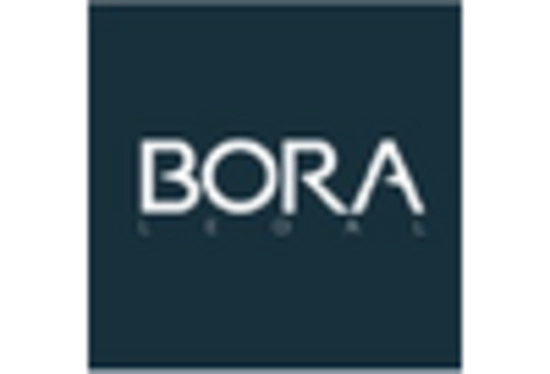
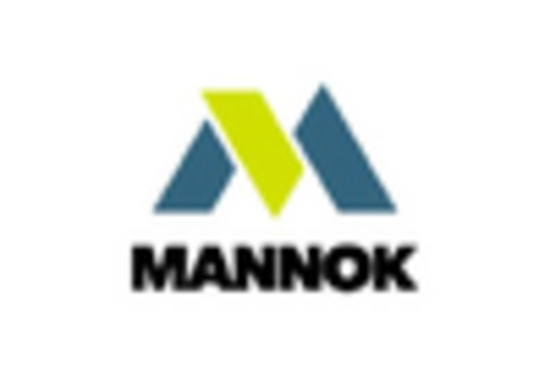


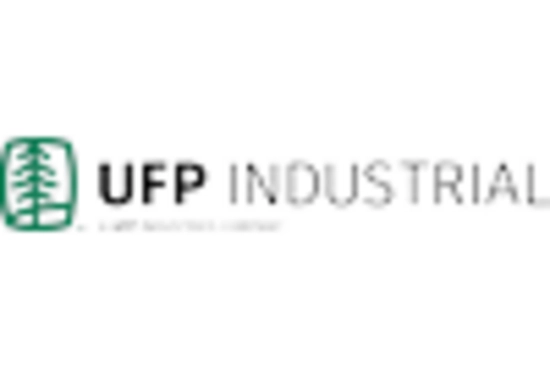








Leave a Comment